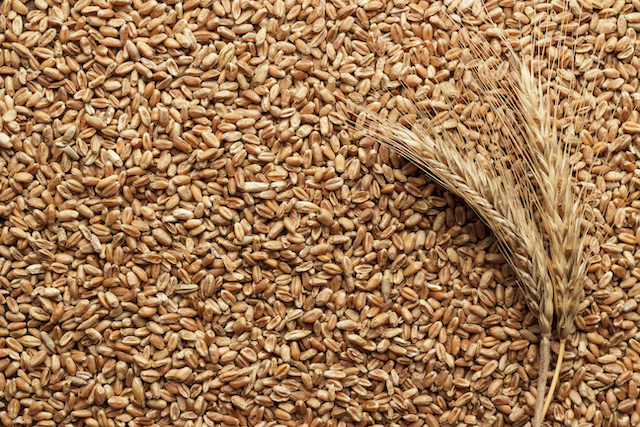How the Patented Web-Cleat™ Seed Tender Conveyor Belt Protects the Planting Season, Blog Post

We talked to the facilities engineer of Continental’s manufacturing plant in Wahpeton, N.D., Ryan Dotzenrod, who also operates a family farm, to learn more about the planting process, seed tender equipment, and the importance of the conveyor belt component to operator success. Here is what he shared about the product and how it can enhance farming operations.
What is a seed tender belt and when do you use it?
Seed tender equipment uses either an auger or conveyor belt during planting season for bulk seeding. The conveyor belt uses rubber cleats, also referred to as paddles, to help move the seed up the tube and prevent spillback. In the past planting was spread out over a month or more, but in recent years the window to plant in optimal conditions has shrunk, sometimes to less than a week. Because of this, farmers depend on well-functioning equipment and components to get the seed in the ground.
What type of crop seeds are usually planted using a seed tender?
In the U.S., soybeans are the second most popular crop in terms of acres. Soybeans are planted using a seed tender belt because there are so many soybeans planted per acre - roughly four times as much seed per acre than other crops. We also see wheat and corn being planted using this machinery. By allowing the farmer to handle the seed in bulk, seed tenders make it easier for them to plant more seeds in a shorter amount of time.
What makes the Web-Cleat™ different than others?
The cleats on the patented WCCO Belting Web-Cleat™ conveyor belt are integrally molded into the base belt, meaning no cleat separation or delamination will occur. The high strength provided by single-step vulcanization, our manufacturing process for the Web-Cleat™ in Wahpeton, improves product durability compared to belts that have the cleats (paddles) glued on via belt fabrication. The belt moves fast, and glue is much more likely to fail under these conditions. When cleats rip off, they end up in the planter mixed with the seed. As the seed is consumed by the planter the cleats prevent the seed from flowing. To address this the seed must be removed from the planter so the broken cleat can be removed. The Web-Cleat™ reduces the risk of downtime, increases capacity, and offers more protection to our equipment and operation.
Beyond the benefits of the cleats, what else makes it a good belt?
The belt construction of the Web-Cleat™ is designed with properties to increase longevity and it can also operate effectively in lower temperatures. We have fewer damaged seeds when using the WCCO belt because it is more flexible and conforming to the tube in a way that prevents material from getting underneath the belt.
Who can purchase the seed tender belt?
The patented WCCO Belting Web-Cleat™ conveyor belt for seed tender equipment and is available to both original equipment manufacturers and the aftermarket through parts distributors. Farmers interested can immediately benefit from this technology by reaching out to their local dealer. For more information, contact your dealer or visit https://www.wccobelt.com/.

